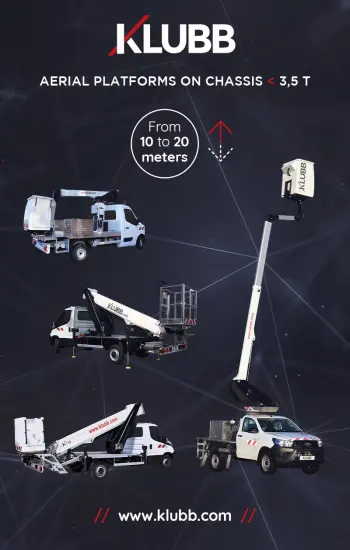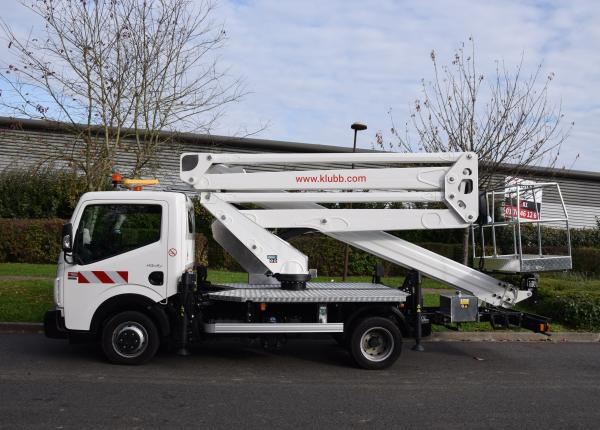
Using an aerial platform for elevated work necessitates strict adherence to the load limits specified by the manufacturer. This adherence is crucial to ensuring the safety of operators as well as those in the vicinity. Indeed, overloading an aerial work platform can have severe consequences.
Risks Related to Overturning
Overloading the aerial work platform shifts its centre of gravity unpredictably, significantly increasing the risk of overturning. The dangers associated with overloading are exacerbated when the platform is used on uneven surfaces or if its boom is fully extended. It is noteworthy that approximately 23% of aerial work platform accidents result from overturning. Such incidents can lead to serious injuries for operators and cause substantial damage to surrounding infrastructure.
Risks Related to Structural Wear
Overloading accelerates the premature wear of the mechanical and structural components of the aerial work platform, such as its articulated boom and hydraulic cylinders. Under stress, the ageing of materials is hastened, potentially causing cracks, deformations, or even breakages. An aerial work platform damaged by repeated overloading becomes less reliable and more prone to malfunctions. This increase in malfunctions heightens the risks faced by operators and raises maintenance and repair costs.
Risks Related to the Failure of Safety Systems
Modern aerial work platforms are equipped with safety systems, such as overload sensors and automatic locking devices. However, excessive overloading can render these systems ineffective. Overload sensors may fail to detect excess weight immediately or may cease functioning altogether. Consequently, the safety of the operators is jeopardised.
Avoiding Overloading of the Aerial Work Platform
To prevent overloading, it is essential to adhere to the load limits indicated in the aerial work platform’s user manual. Additionally, operators must be trained and made aware of such risks. Employers are also responsible for conducting regular inspections of the equipment to detect signs of wear or damage. Following these recommendations minimises the risks associated with overloading and ensures the safe and efficient use of the aerial work platform.




